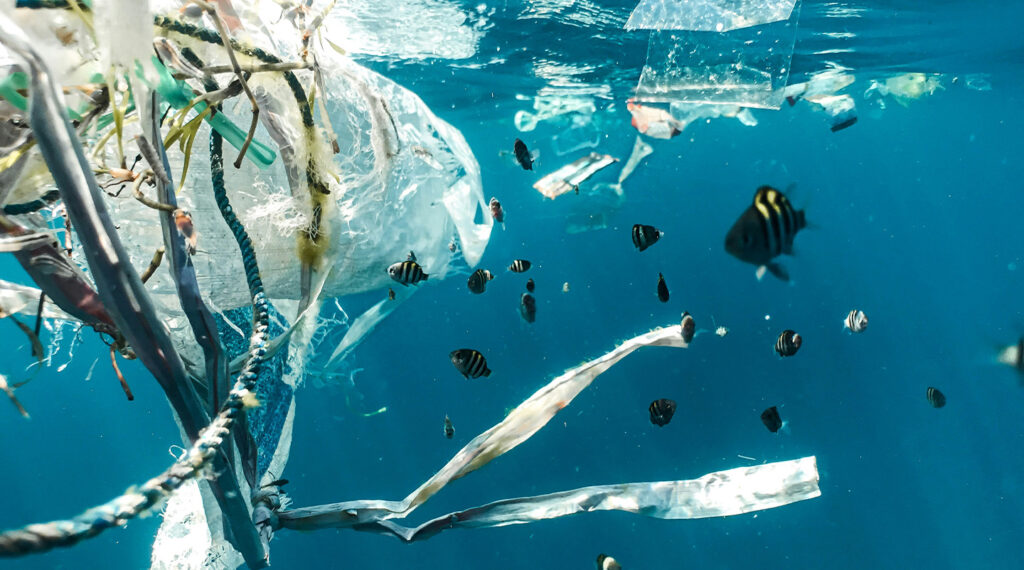Creating movement: Partnerships with the EU to drive environmental reforms and innovations

Why partner for climate action?
The EU and national governments often struggle to implement significant reforms. As the recent debates over the implementation of the next phase of the Green Deal have shown, in particular the Nature Restoration Law, the EU can be portrayed as being removed from the concerns of local communities and governments cast as beholden to interest groups. Governments often struggle to implement the policies they develop and are often reliant on support from civil society and the private sector to get traction. On the other hand, grantees of foundations very rarely solve significant social, health or environmental challenges on their own. The most iconic philanthropic grants that have unlocked significant change internationally have been provided in collaboration with others, often much larger public and private actors. Rigorous case studies have shown that transformative philanthropy involves deep collaboration within complex systems and can take many years to achieve impact at a societal level[1]. Philea’s European Philanthropy Manifesto highlights practical steps that can be taken to develop EU level partnerships. To achieve the change that we urgently need to address the challenges of climate change will require foundations to think, act and fund at an EU level and for the EU to facilitate the involvement of foundations through creating co-funding opportunities.
Despite the fact that there is a multitude of funder collaborative initiatives in the climate field internationally, there is a dearth of pooled funds where funders act collectively at a European level. European foundations need to focus significant funding at an EU level as the climate crisis requires transnational solutions. Sizeable funding is flowing to scale technological innovations from commercial sources, national governments are increasingly active in providing grants and the EU has focused 4 of its 5 Horizon Europe missions in environmental fields. That said, this funding is not getting the traction it could in terms of scaling the adoption of new products and practices. If we are going to scale innovations to societal levels in the timeframe required, there are critical gaps that only philanthropy, acting at an EU level can fill.
Three gaps only philanthropy can fill
1) Citizen and civil society engagement – One of the gaps in the support for scaling innovations in the environmental field, is funding for effective methodologies to engage with local communities and citizens. Local community groups are often seen as inhibiting the introduction of new technologies such as wind energy or agricultural reforms. Particularly with increasing distrust of both public and private funding in the environmental field, philanthropy is uniquely positioned to be able to support civil society in this field in a structured and thoughtful way across the EU. There are a variety of interesting approaches and methods employed across Europe (e.g. see www.ecolise.eu) which involve collaborations between philanthropy and the EU, but this needs to be strengthened significantly. If philanthropy acted collectively across Europe, it could resource the implementations of solutions and share lessons from across the EU on effective approaches.
2) Support to help innovations scale within complex, contested systems – The scaling of social innovations in the environmental field also need to navigate systems where there are a range of different logics, power dynamics and regulations at work. Sometimes there is overt, organised opposition to innovations within components of the public and/or private sectors. Philanthropy could resource the sharing of skills and effective approaches for scaling innovations such as action research, adaptive leadership and positive deviance methods, building on examples of where these approaches have been used in public-private partnerships to unlock systemic change[2]. There is a need for foundations to help drive the scaling of environmental innovation, building on what we know about how change is achieved.
3) Integration of philanthropic, impact, public and commercial funding – The scaling of innovations requires a mix of funding across the private and public sectors. There is much interesting work being carried out in Europe on new forms of social finance but there is an urgent need to demonstrate how these forms of impact finance and philanthropic grants can align with and complement the much larger funding from the private and public sectors and for a concerted EU level analysis of how best to integrate different forms of finance. In addition, to providing funding, philanthropy could also play a neutral broker role, by resourcing studies of cases of actual examples of integrated finance to illustrate the appropriate mix of funding from multiple sources and the different stages of scaling to which that funding is best suited.
The opportunities
The EU is well-disposed to working with philanthropy and Philea’s European Philanthropy Manifesto highlights specific steps that can be taken to enhance and develop partnerships. Whilst there is a need for more flexible rules and regulations at an EU level and for foundations to focus far more funding at a transnational level, there are important precedents which illustrate how foundations and the EU can co-fund, without the administrative burden becoming excessive. The Genio Trust, The King Baudouin Foundation and the Robert Bosch Foundation co-funded the European Social Catalyst Fund with the European Commission, which successfully made grants across multiple countries to enable social innovations to plan for scaling. The success of this pilot initiative has given rise to a current EU call under Horizon Europe for foundations to co-fund with the EU, called the European Networked Catalyst Fund for Social Innovation. This new vehicle for co-funding between the EU and philanthropy will be focused on the environmental and cancer fields, with the EU offering €12.5m in operating costs and grant match funding[3]. It is imperative that we grasp and expand opportunities like this to demonstrate that philanthropy can actively partner with EU institutions at a meaningful level to help address the environmental challenges which Europe faces.
[1] Ditkoff, Susan Wolf, and Abe Grindle. “Audacious philanthropy.” Harvard Business Review (2017): 110-118.
[2] https://www.genio.ie/system/files/publications/A_Study_of_the_Service_Reform_Fund_Understanding_Reform_in_National_Systems_12.01.23.pdf
[3] A European Social Innovation Advisory Network in support of EU Mission Objectives (HORIZON-MISS-2024-CROSS-01-01)
Framework Partnership Agreement for a European Networked Catalyst Fund for Social Innovation in Support of the Missions (HORIZON-MISS-2024-CROSS-01-02)
Authors

